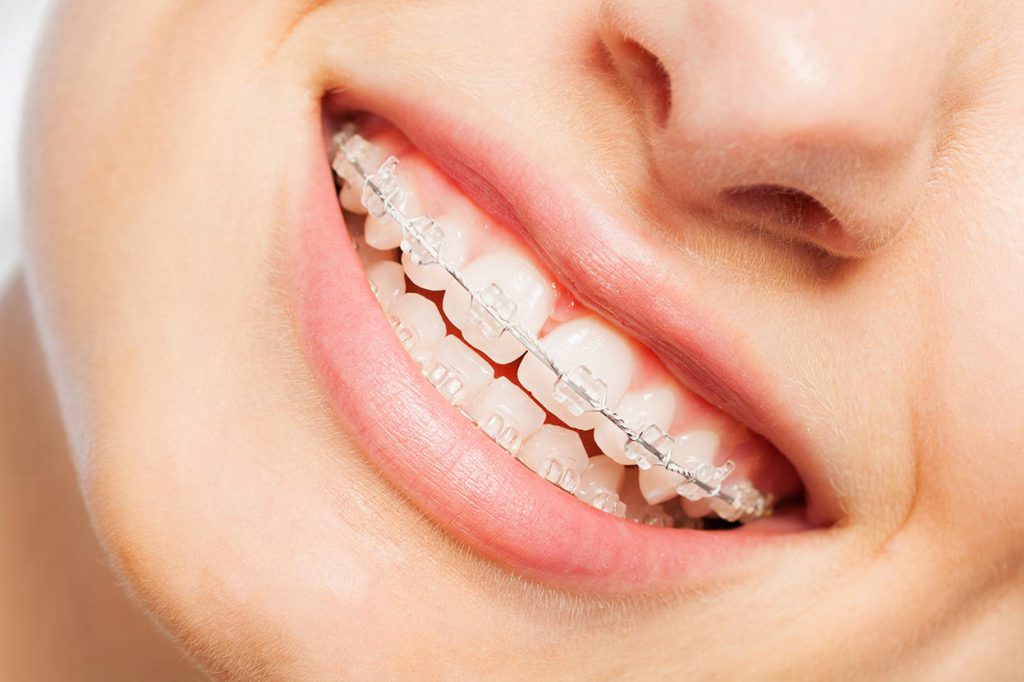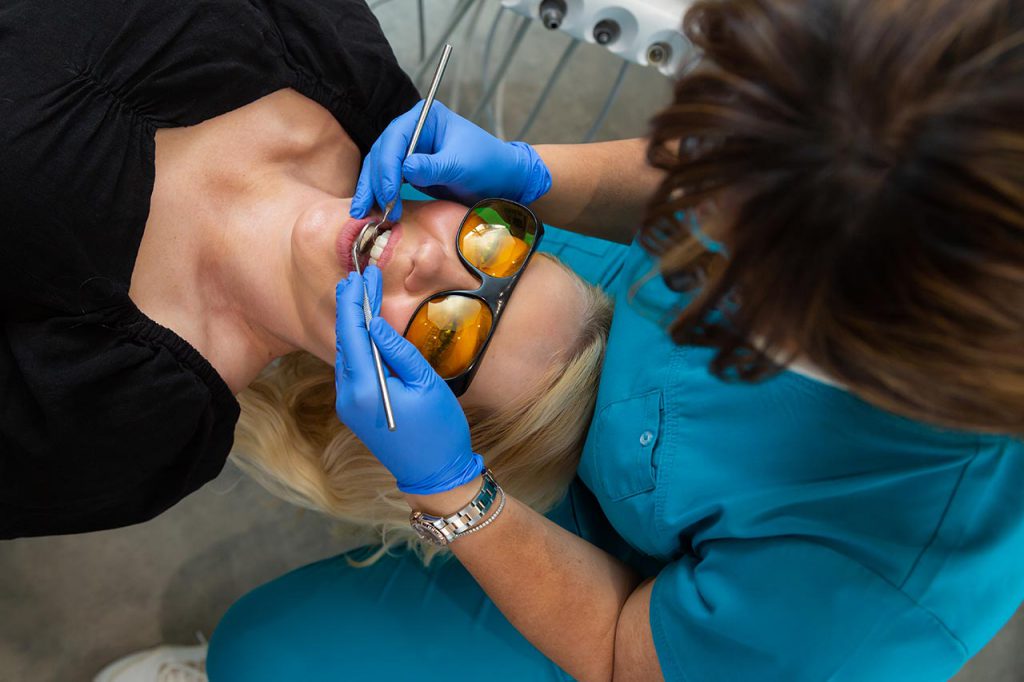Dental Tourism
19 August 2021
Posted by admin
6 minute read

this is a caption
Dental tourism is a subcategory of medical tourism and as an industry we are seeing more and more people head to other countries in search of cheap treatment. There are now even travel companies dedicated to dental tourism advertising on platforms such as Instagram and Facebook, hunting for business from an impressionable generation. And it is easy to see why they are often successful, as we appear to live in a society where everyone is looking for a ‘perfectly white Hollywood’ smile. Some are wanting it whatever the cost and unfortunately the detrimental cost is often much more than just money. The quest for the perfect smile abroad can often lead to tooth loss and pain.
I have dealt with numerous cases where no explanation has been given to the patient as to how they must look after their oral health to ensure the cosmetic treatment remains successful. It’s a bit like building a house on unstable foundations; the house might look great when it’s first completed, but subsidence will rear its ugly head with time and the consequences could be disastrous, both structurally and financially.
The pitfalls of overseas treatment can often be seen around implants, that are difficult but essential to keep clean, and should be maintained scrupulously by the owner daily and then reviewed every 3 months by a dental hygienist, as is the standard of the Association of Dental Implantology. I have seen very young patients desperate for the perfect smile travel abroad and have every tooth prepped into pegs and crowned. There is no going back from that treatment, they are then committed to a life of crown work. When the average life span of a crown is 15 years, that short term saving doesn’t seem so cheap, especially at the cost of damaging healthy tooth substance. Most of these cases have required numerous root canal treatments due to over prepping of the tooth. Unfortunately, the prognosis of the teeth may not be great long term in some cases, which is a shame when these things have happened to young people with healthy teeth to begin with.
Of course, there will be cases of good work abroad, just as there is no doubt some bad cases in the UK, but the one thing that is always the problem with dental tourism is the lack of after care, or ease of it at least, and accountability of the clinician who carried out the work. The regular maintenance and support needed to ensure the treatment has longevity and doesn’t fail and lead to tooth loss is simply not there. Colleagues have reported that they have dealt with cases where they don’t recognise the devices used or agreed with the treatment or even understood the procedure that has been carried out. It is hard for us to help you look after your teeth when we have no clue what is going on, or what was used. Implants require 3 months of osseointegration before the crown is placed on top, which basically means the implant screw requires 3 months to integrate with the bone. This can be even longer if a sinus graft is needed. An implant cannot be performed in a 1-week trip to Turkey and be expected to last!
In the case of dental tourism, your consultation often takes place in the country of question. To be able to promise you your perfect straight smile in a matter of days, remembering this is regardless of the initial dental situation you presented to them in, they need to drill away most of the tooth to allow for lots of space to be able to place the crowns. All this to give you the smile you have paid for. By drilling so much of the tooth away the blood supply and nerve centre of the tooth, known as the pulp, can suffer pulp hyperthermia, effectively meaning it is fried and causes it to die. This then requires root canal treatment or can even lead to tooth loss. The thickness of the veneers and crowns also pose an issue. They harbour bacteria around the edges leading to decay and gum disease around the remaining tooth structure. Again, this can often lead to tooth loss. The way to safe and long-lasting treatment is to think minimally invasive. Specialist dentists to straighten teeth safely and correctly. Experienced dental practitioners who use highly skilled ceramicists. Visits to the dental hygienist before and regularly after treatment to help prepare and then maintain and allow it to last. Correctly performed dentistry takes time and skill.
In the UK all dental professionals are held accountable for their actions by the General Dental Council (GDC) and all clinicians have to be registered on a medical register. This can be investigated and revoked at any time if a professional is deemed unfit to practice. All treatment must be ethical and in the patients’ best interest. It is in place for the safety of patients, who can feel at ease knowing that all UK dental professionals are up to date with their skills and training and are delivering good standards of care. If you as a patient were mistreated or unhappy with the care you’d received, there are routes you can go down if it was carried out in the UK. However, unless you are familiar with another countries’ legal system you may find it difficult to make a claim of medical negligence should you have it done elsewhere.
Everyone seems to know somebody that has travelled abroad on holiday and had something done. They go on to say that it looks great and that they have lovely white straight teeth now. What we need to remember is white straight teeth are not always healthy teeth. White does not equate to healthy. So often is the case that these ‘perfect’ teeth are fraught with issues that are either present now or will almost always be present further on down the line.
Would you fly back to have your work checked and maintained every 3 months? If the answer is no…. don’t go!



